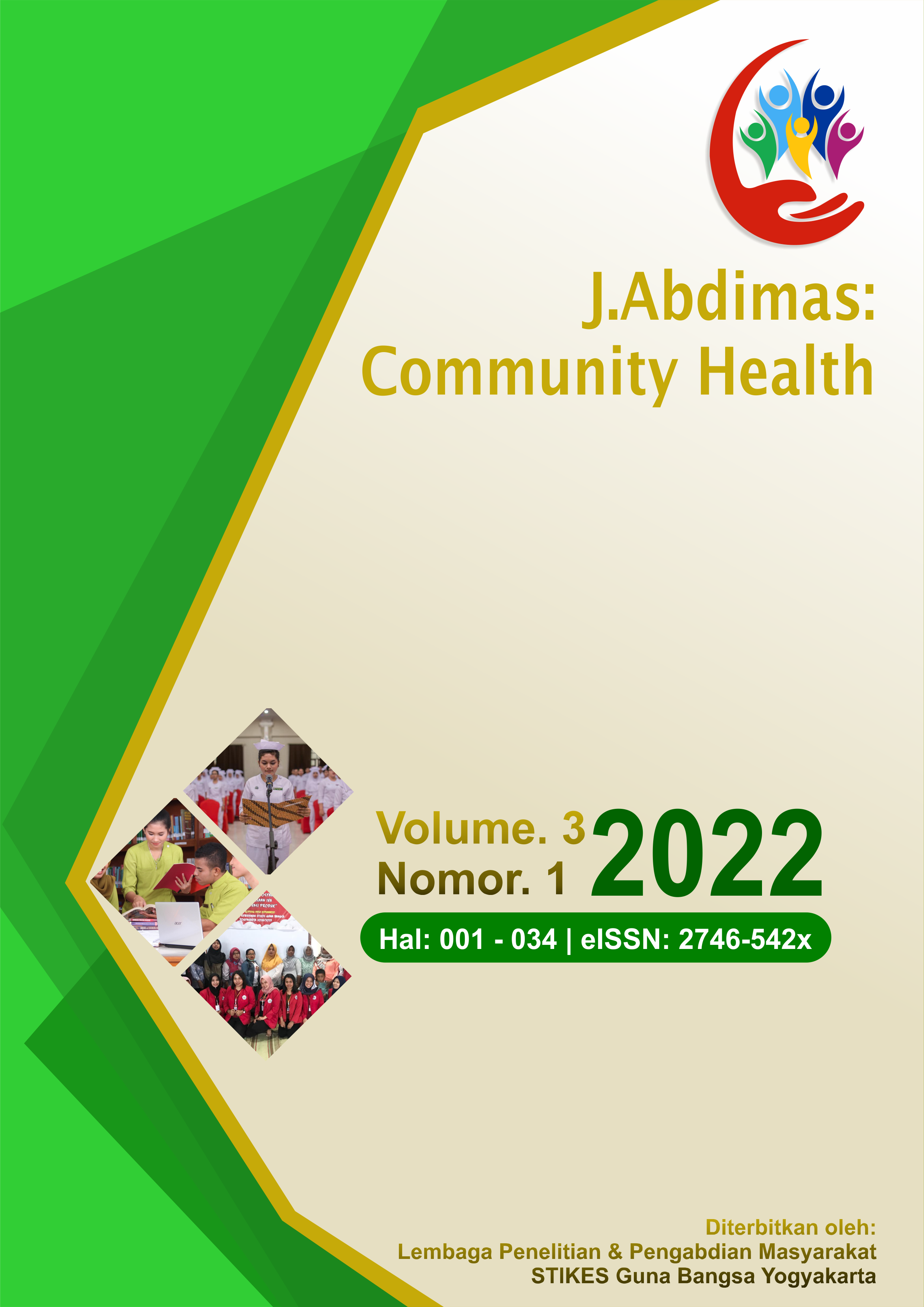Education on the Use of Hemolysis Serum with the Addition of Anti-Rh to Laboratory Officers at Mekar Sari Health Center
Abstract
Clinical laboratory examination is a system that can determine decisions regarding a disease diagnosis or monitoring of healing through laboratory results. The stages of laboratory quality control are divided into three stages, namely pre-analytic, analytical, and post-analytic stages. The biggest error in taking blood specimens in the pre-analytic stage is the occurrence of hemolysis among other cases. Hemolysis serum can be reprocessed with the addition of anti-Rh reagent so that it can be used in laboratory examinations. As an effort to answer the problems faced by laboratory workers at Mekar Sari Health Center regarding the use of hemolysis serum, it is necessary to carry out socialization and education so as to increase knowledge and understanding of Mekar Sari laboratory workers. Explanation of material regarding the use of hemolysis serum with the addition of anti-Rh through poster media, and demonstrating the end of the activity.
Downloads
Copyright (c) 2022 Bastian, Firna Kamilatun Nuha, Juwy Trianes, Indah Sari

This work is licensed under a Creative Commons Attribution 4.0 International License.
Authors who publish with this journal agree to the following terms:
- Authors retain copyright and grant the journal right of first publication with the work simultaneously licensed under a Creative Commons Attribution License (CC-BY) that allows others to share the work with an acknowledgment of the work's authorship and initial publication in this journal.
- Authors are able to enter into separate, additional contractual arrangements for the non-exclusive distribution of the journal's published version of the work (e.g., post it to an institutional repository or publish it in a book), with an acknowledgment of its initial publication in this journal.
- Authors are permitted and encouraged to post their work online (e.g., in institutional repositories or on their website) prior to and during the submission process, as it can lead to productive exchanges, as well as earlier and greater citation of published work (See The Effect of Open Access).











